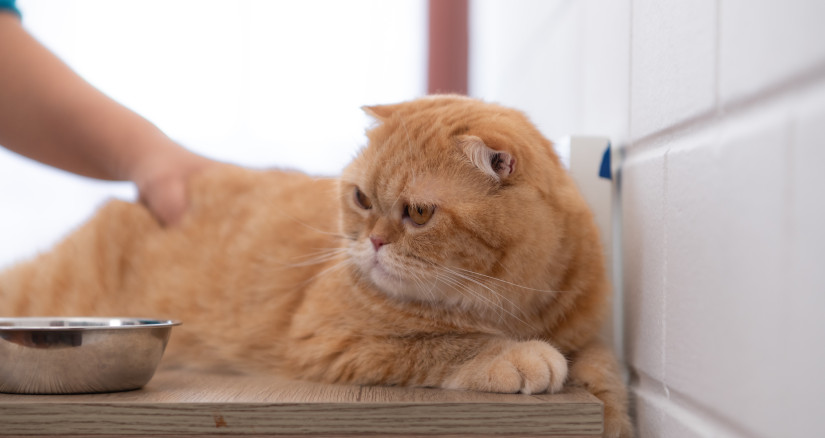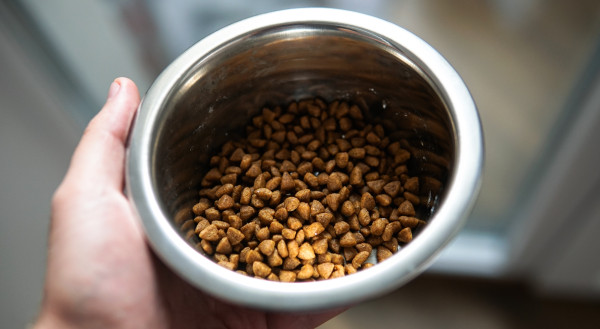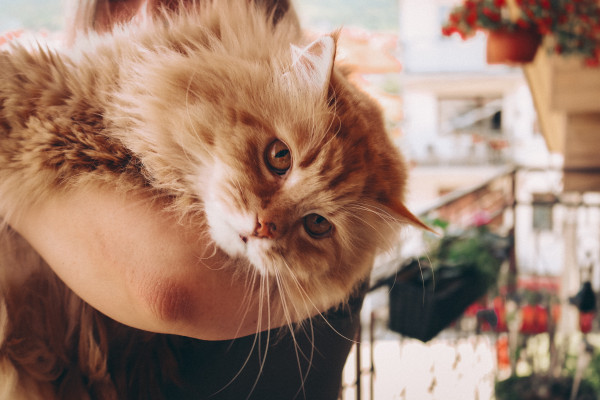
The Cat Food Conundrum: Is Your Feline's Diet Making Them Fat?
The ever-growing pet food industry, particularly the cat sector, presents a paradox for owners striving to provide optimal nutrition. You meticulously pick out the "right" food, and then you turn to the label for guidance: "How much should I feed my cat?" What if those guidelines aren't as accurate as we think? A recent article shockingly reveals that those feeding guidelines might not be the best if followed blindly. This discrepancy isn't just mathematical; it has profound implications for feline health, contributing to the pet obesity epidemic.
This study, which reviewed cat food labels in Canada, compared the recommended serving sizes with widely used caloric calculations of how many calories cats truly need to maintain a healthy weight. The results are a real eye-opener!
For a typical 3-5 kg (6.6 – 11 lb) cat, the suggested "low" amount on many labels was often less than what even an inactive cat requires. Conversely, the "high" end of the recommended range frequently exceeded the needs of a lean, healthy cat. This means that simply following the instructions on the bag (or can) could easily lead to your cat being underfed or, more commonly, overfed.

Photo by Kirillvasilevcom
Even though there are no legal regulations (or even recommendations) on how feeding guidelines should be calculated, the study noted that the inconsistencies aren't random. The type of food, such as “all-life stages,” which is designed for all ages, from kittens to seniors, often has higher calorie recommendations, which are needed for a growing kitty, but might be too much for an adult cat. Another example is using vague measurements like "cups" instead of grams makes it harder to feed accurately. In my clinical days, when a pet owner replied that they fed their pet a “cup,” I regularly asked them what their definition of a cup was. Why? Because not all cups are created equally: coffee cup, red solo cup, big water cups, and of course, the measuring cup – which leads to further questioning of whether it was loosely scooped or packed; was it level with the top of the cup or a mound? All of these can greatly alter the daily calories consumed (see more in the article on my profile).
A small 5% deviation in a pet's daily calorie intake can lead to an extra pound of fat for a cat in a month! Yikes! Now, we can see how the obesity epidemic isn't just "creeping up"—it's in full, undeniable force.
So, what does this mean for you and your beloved kitty cat?
It means that the feeding guide is just that: a guide. It shouldn’t be the final word. The reality is that every cat is an individual with unique needs. Factors like their age, activity level, whether they're spayed or neutered, and even their environment all play a role in their daily calorie need.

Photo by catsofnishawa
By assessing your cat’s specific needs by age, activity level, and body condition score, we can proactively calculate how many calories a pet needs and begin to feed accordingly. To help with this, using a gram scale to weigh your pet’s food can hone in on providing your cat with the appropriate amount of food, or when you’d rather not be a mad scientist, finding an appropriate “cup” and measuring a level scoop is a step in the right direction.
Cat obesity is a growing concern, leading to various health problems like diabetes, arthritis, and even shorter lifespans. It's a problem we, as owners, can directly influence. BSM Partners can help evaluate feeding guidelines with their team of nutritionists and veterinarians, draft guidelines that can help overcome the flawed feeding regime, and assist customer service to help a brand’s pet parents feed the appropriate amount. Stop the silent epidemic by taking a stand to educate owners on proper feeding requirements for pets.
Follow us on LinkedIn for the latest updates on all things happening here at BSM Partners.
About the Author
Dr. Stephanie Clark is a board-certified companion animal nutritionist, veterinary nurse and nutrition specialist, a pet owner, and a mother who had a baby during the formula shortage. She has spent the past almost two decades dedicating her career to the welfare of pets, livestock, and wildlife. She currently provides nutritional consultations for veterinary clinics and works in the pet food industry.
This content is the property of BSM Partners. Reproduction or retransmission or repurposing of any portion of this content is expressly prohibited without the approval of BSM Partners and is governed by the terms and conditions explained here.